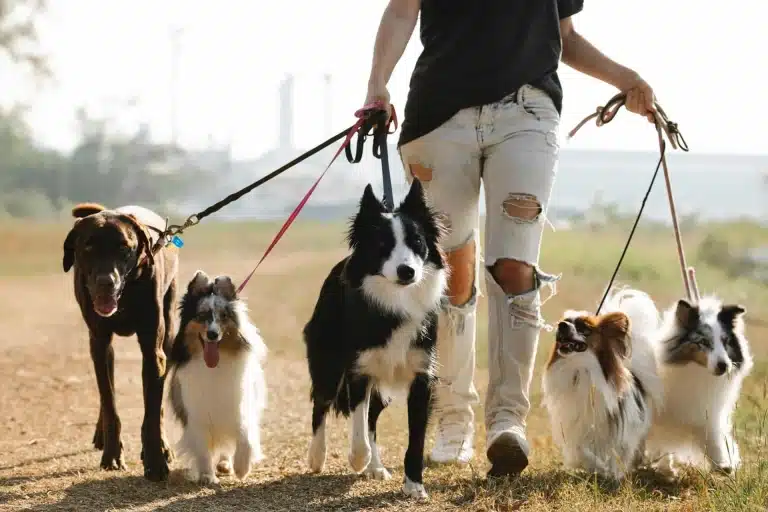What is dog chipping and why are dogs chipped?

Chipping of dogs is a procedure that allows you to ensure the identification of your pet with the help of a microchip. A microchip is a small device the size of a grain of rice that is inserted under the dog’s skin by injection. It has a unique number that can be read using a special scanner. After chipping, this number is registered in a database along with information about the owner of the animal, making it easy to establish contact in case the dog gets lost.
Chipping is one of the most effective ways to protect your dog, because the tag, which is under the skin, cannot be lost or damaged. If a dog is lost and found, a veterinarian or animal shelter can quickly read the microchip information and contact you.
Chipping is especially important for those who travel abroad with a dog, because in many countries it is a mandatory requirement for crossing the border with an animal. In addition, chipping allows you to officially register the animal and confirm its ownership, which can be useful in case of disputes.
How are dogs chipped?
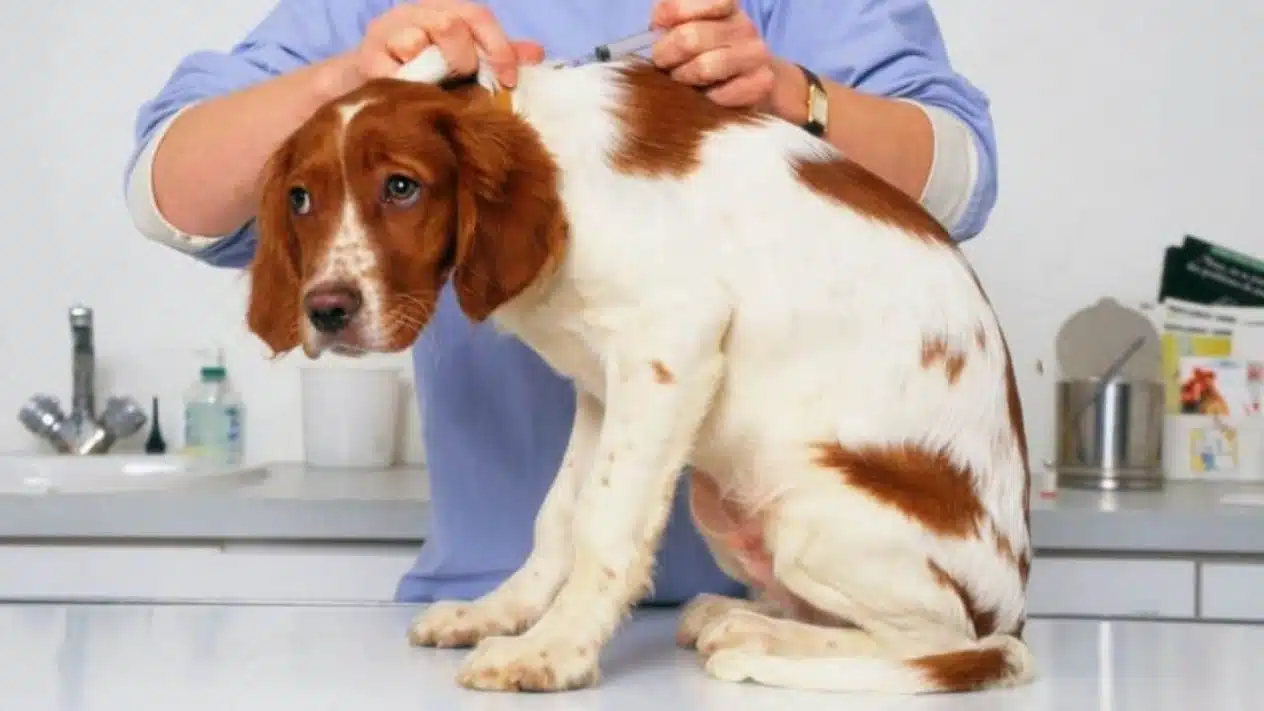
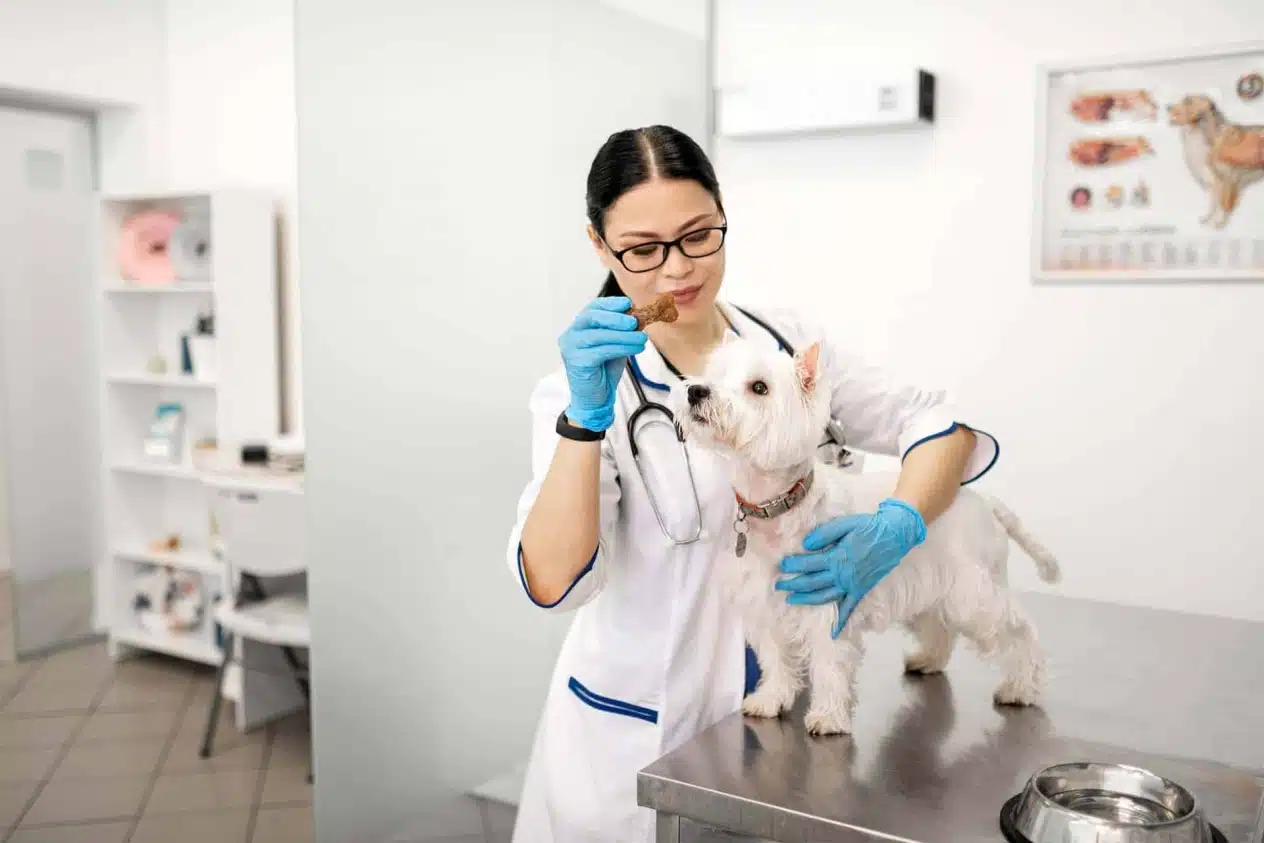
The chipping procedure is simple and painless for your pet. The microchip is inserted under the dog’s skin using a special syringe, it is quick and similar to a regular injection. Most often, the dog’s chip is implanted in the area between the shoulder blades or on the neck. The dog, as a rule, does not feel any discomfort after the procedure and can immediately return to its usual activities.
The microchip for dogs works without any batteries or power sources, so it is completely safe for the animal. It is activated only when a scanner is pointed at it, which reads a unique code. This code can then be looked up in a database along with the owner’s information, so you can quickly get word of your lost friend.
After the procedure, it is important to register the microchip in the appropriate database. Without this registration, chipping will not make sense, because a veterinarian or another person will not be able to find information about the owner of the dog by the chip number. Vets usually provide registration instructions or do it for you during the procedure.
Benefits of chipping for owners and dogs
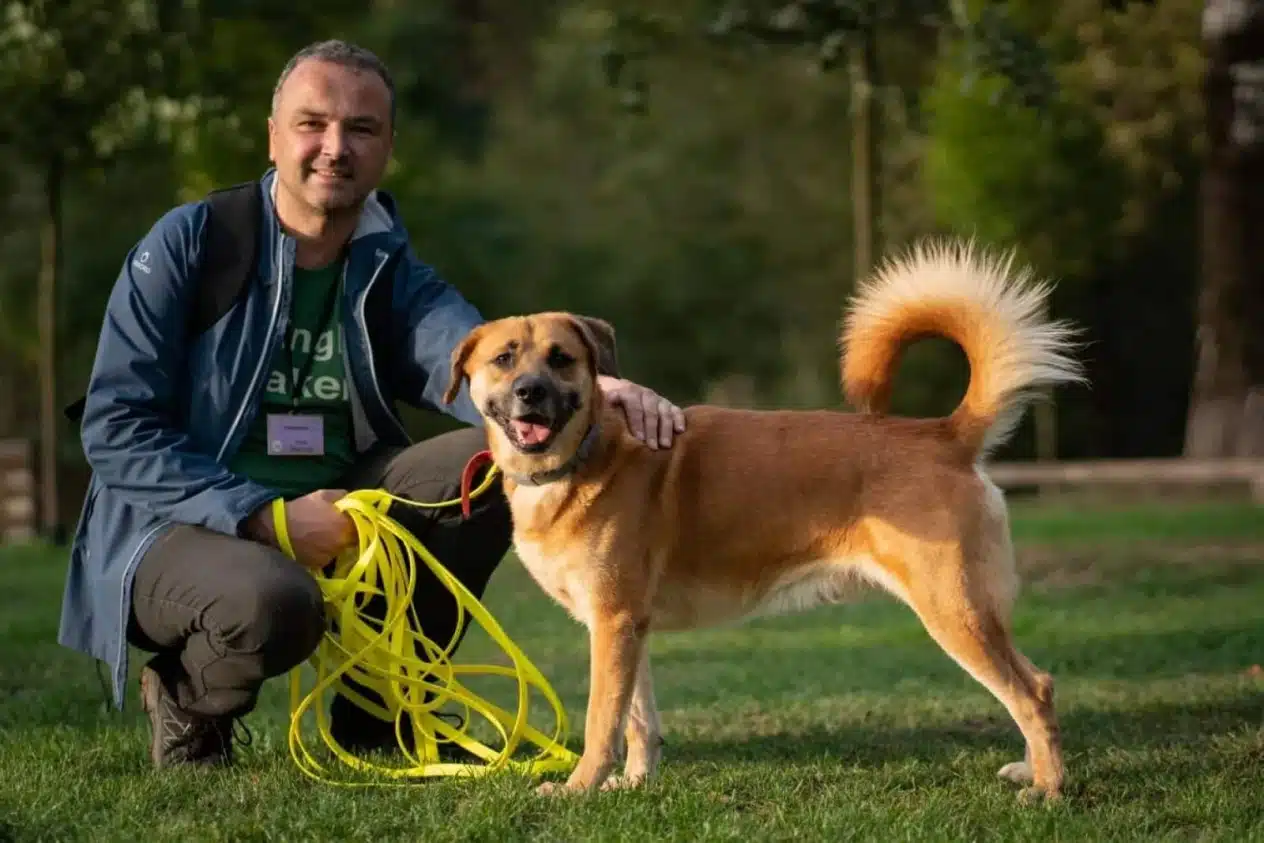
Chipping provides many benefits for both the dog and its owner. Here are a few of the main ones:
- Easy identification in case of loss. If your dog gets lost and someone else finds it, the scanner can quickly identify the animal and bring it home.
- Confirmation of ownership. Chipping is the legal proof that you are the owner of the dog. This is important in case of disputes about who owns the animal or if your dog has been stolen.
- Ability to travel. In many countries, the presence of a microchip is a mandatory condition for crossing the border with an animal. Without a chip, your dog may not be allowed through customs.
- The possibility of receiving veterinary services. Some veterinary clinics or animal shelters require a chip to provide services or accept an animal.
- Long service. The microchip does not require replacement or maintenance. It will function throughout the dog’s life.
Alternative: A collar with a chip as another identification option
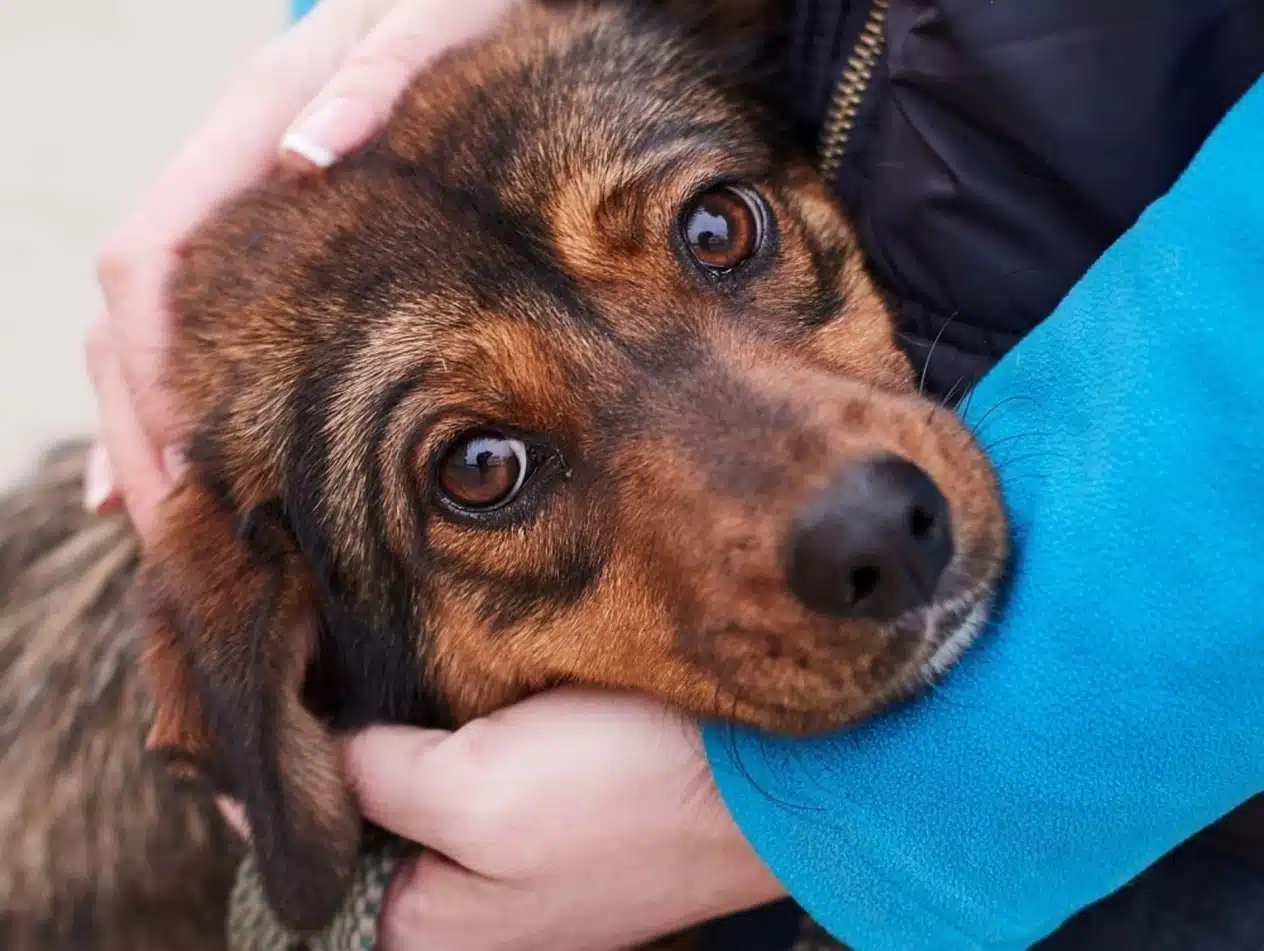
Not all dog owners are ready to take the step of chipping their pet. In this case, there is an alternative – collars with a built-in chip or identification token.
Collars with a chip work on the same principle as a microchip under the skin, but instead of an injection, the dog’s chip is simply inserted into a special capsule that is attached to the collar. This allows you to identify the dog without resorting to the chip implantation procedure. Such collars are popular among owners who do not want to insert a microchip under the animal’s skin or who have doubts about the safety of the procedure.
Another option is identification tokens, which contain information about the owner or a phone number. This method is classic and remains an affordable and popular option for animal identification.
Choosing between chipping and a chip or token collar depends on your needs and preferences. Therefore, only you can make the decision.



